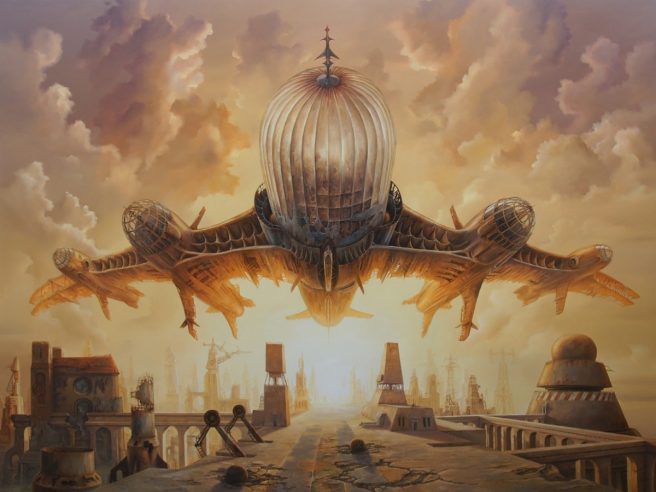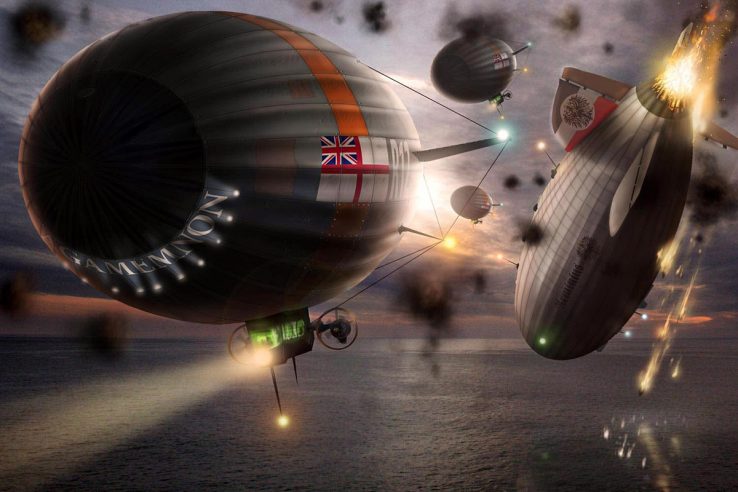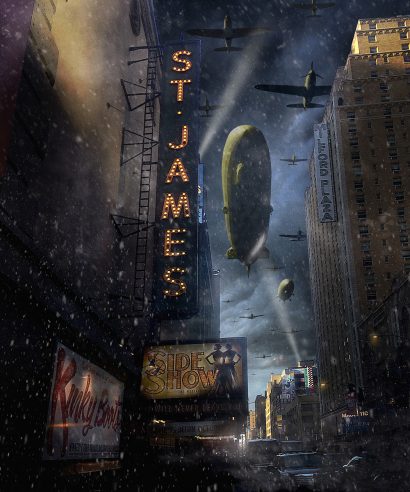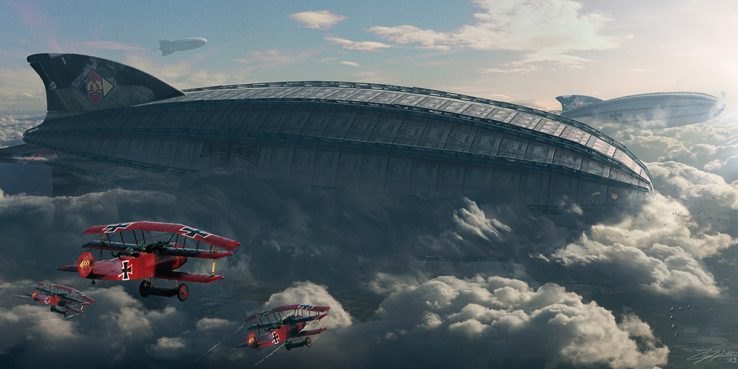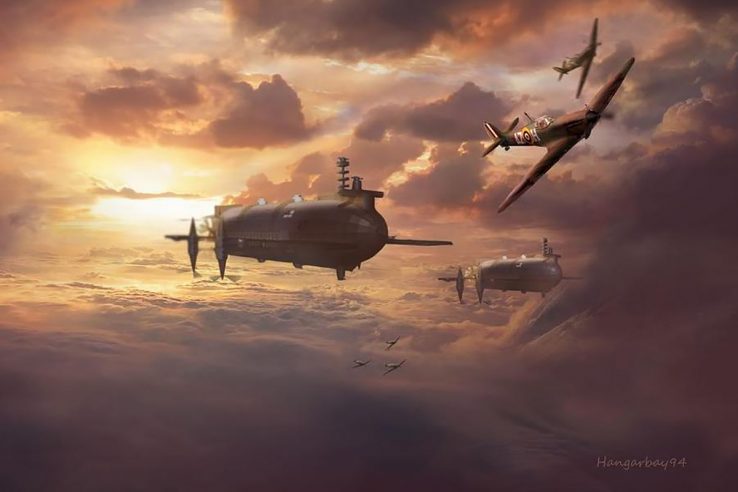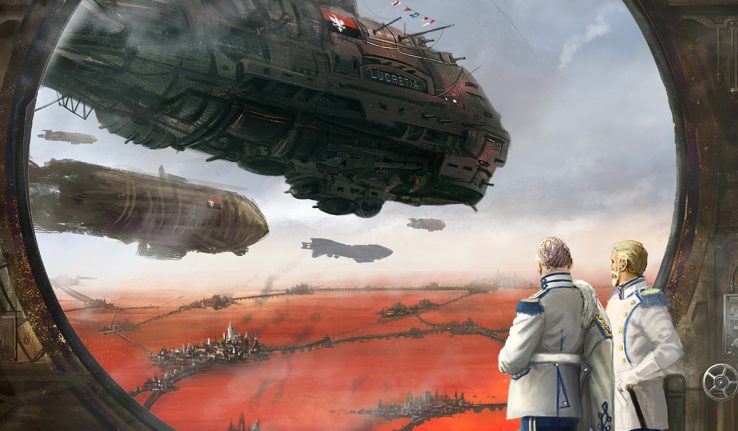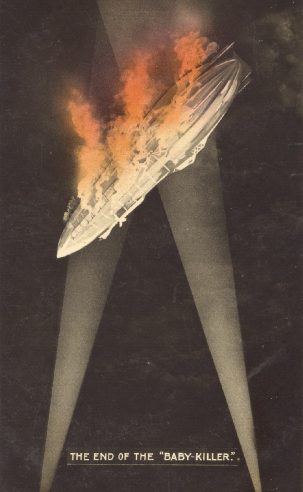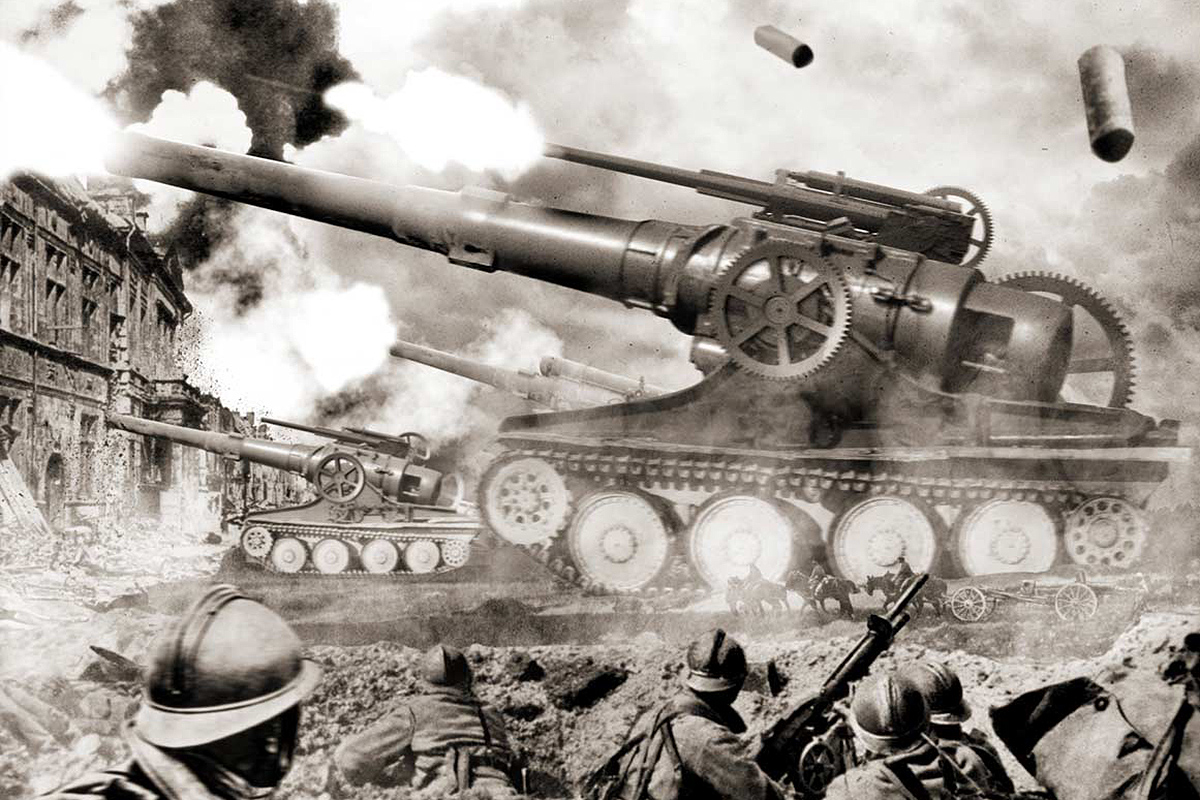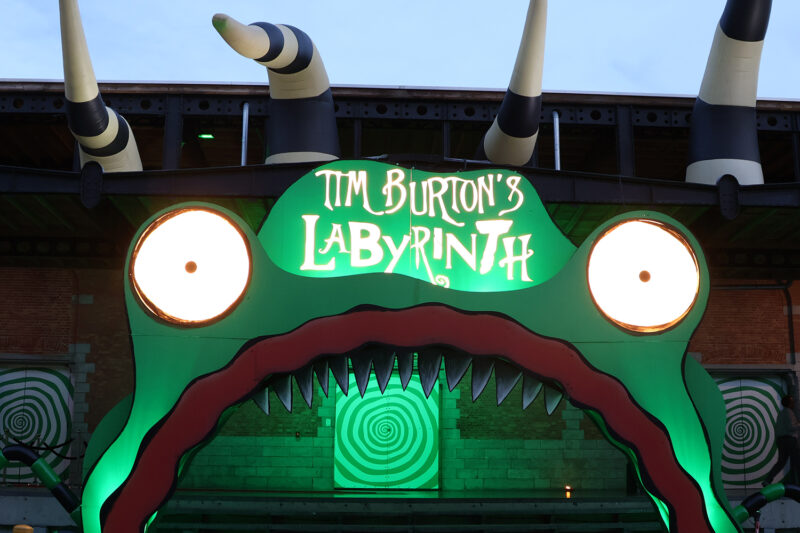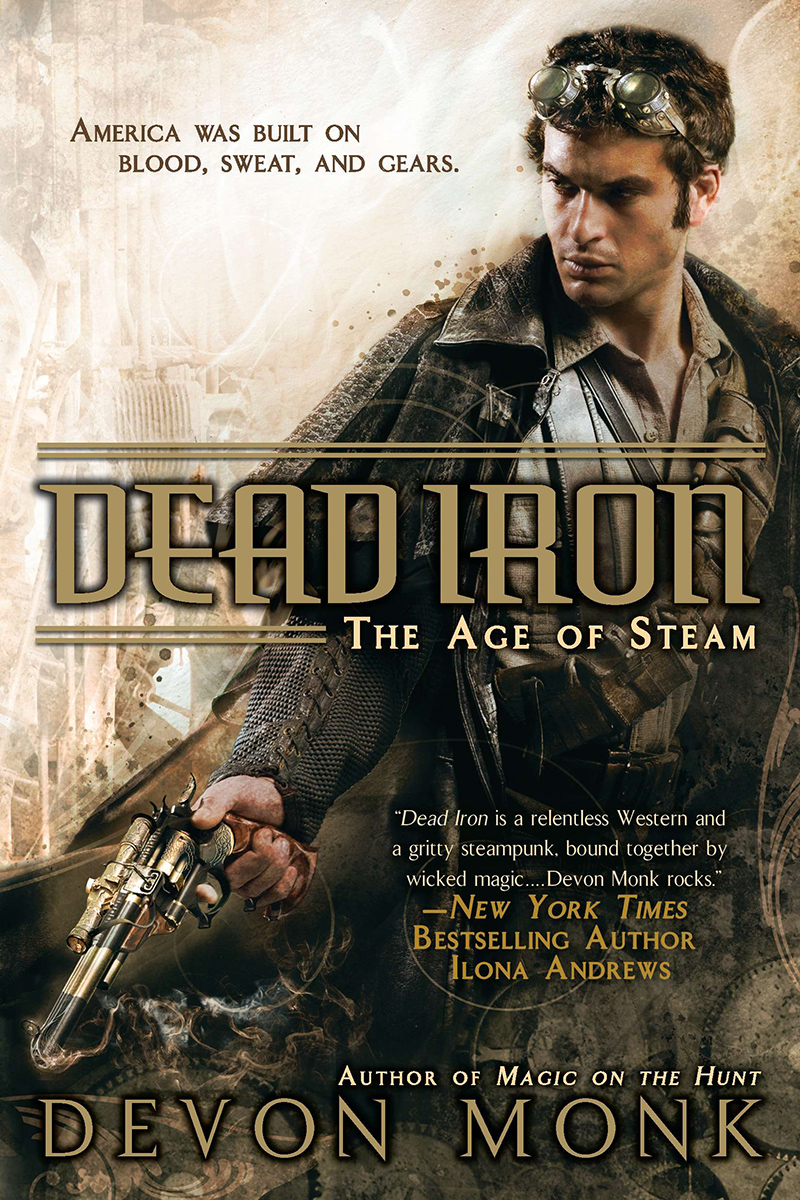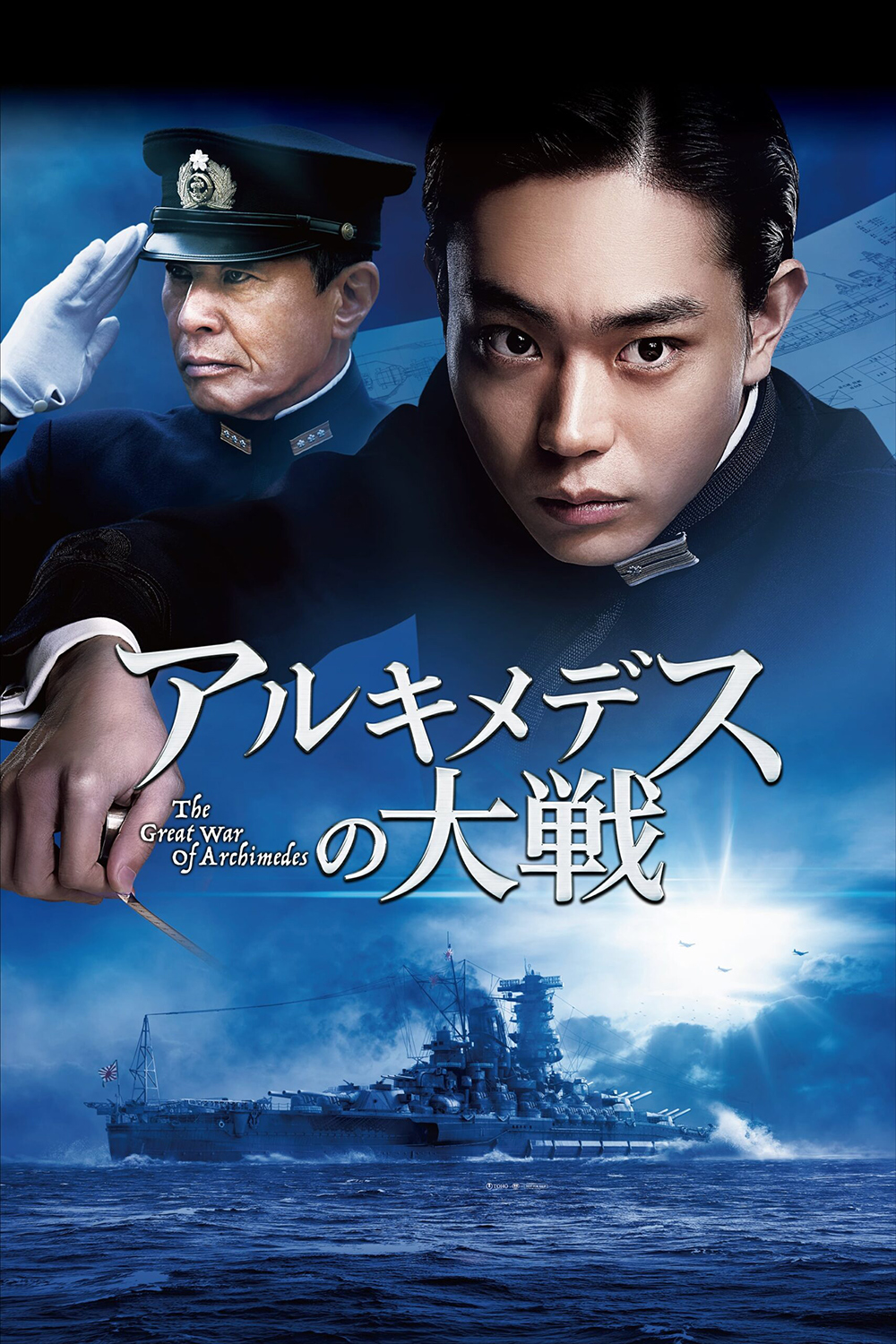In the real world, airships weren’t successful weapons of war. Zeppelins were terrifying but inaccurate. Navigation, target selection and bomb aiming were difficult under the best of circumstances. In darkness, at high altitude and amid the English clouds, accuracy was too much to ask for.
German zeppelins were initially immune to attack by aeroplane and anti-aircraft guns. As the pressure in their envelopes was only just higher than ambient, holes had little effect. But once incendiary bullets were developed and used against them, their flammable hydrogen lifting gas made them vulnerable at low altitudes. Several zeppelins were shot down in flames by British defenders. Others crashed on the way to England. The Germans started flying higher and higher, but this only made their airships even less effective.
The zeppelin campaign proved to be a disaster in terms of morale, men and material. Many pioneers of the German airship service were lost.
But why let such facts stand in the way of a good story?
Perhaps the first time an airship appears in combat is in George Griffith’s The Angel of the Revolution (1893, our review here). In the book, a terrorist group attempts to bomb the nations of Europe into submission.
Moriarty’s airship in The League of Extraordinary Gentlemen (1999-2000) appears to take its inspiration from The Angel of the Revolution. The criminal mastermind uses his ship to bomb London’s East End, which is where Fu Manchu (named “The Doctor” in the comic for copyright reasons) has his headquarters.

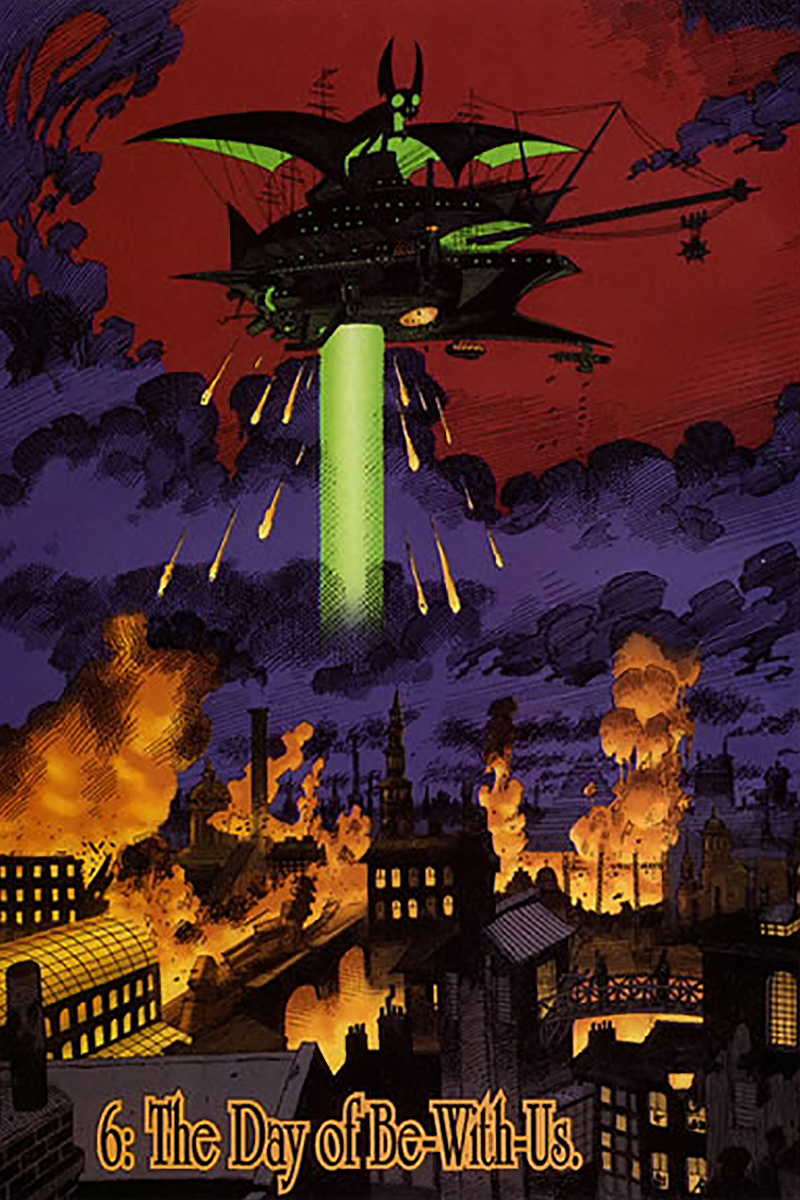
In Michael Moorcock’s steampunk classic The Warlord of the Air (1971, our review here), World War I never happened, the European empires still rule the world by 1973 and great airship armadas control the skies.
In S.M. Stirling’s The Peshawar Lancers (2002), the age of empire also never ended. After a devastating meteor shower in 1878, the British evacuate to India from where they rule the most powerful nation on Earth. Airships are the preferred mode of long-distance travel.
John Barnes’ Washington’s Dirigible (1997, our review here) takes place in an alternate 1775, where George Washington is duke of Kentucky and the Thirteen Colonies remain on good terms with Britain. The title, of course, gives it away: an airship battle is eventually involved.
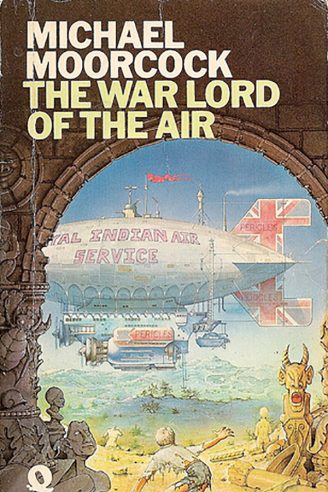
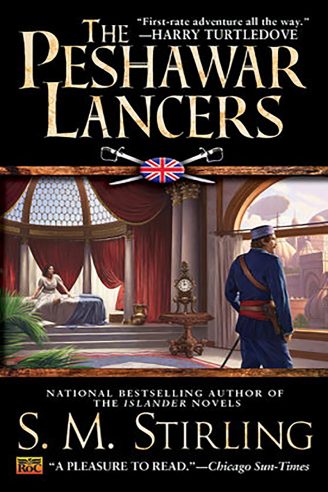
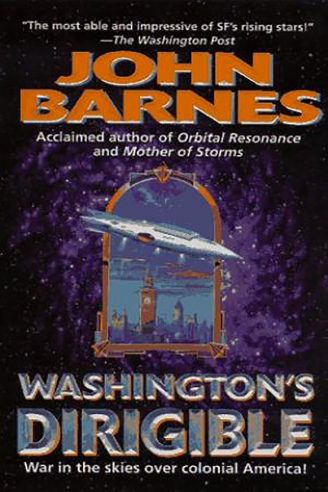
Robert Rankin’s Retromancer (2009) is set in a world where Germany won the Second World War. A jet-powered zeppelin was used to deliver a nuclear bomb to New York and kick America out of the war.
In the Cold War novel A Game of Titans (1976), Gary Alan Ruse pits the real-life Soviet aircraft carrier Kiev against a nuclear-powered American airship called the Grand Eagle.
In Stephen Hunt’s The Court of the Air (2007, our review here) and its sequels, the steam-powered Kingdom of Jackals has an entire air force of zeppelins. The fifth book in the series, Jack Cloudie (2011), centers on an airship war with the Empire of Cassarabia.
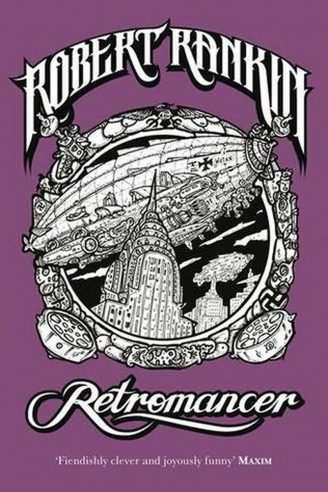
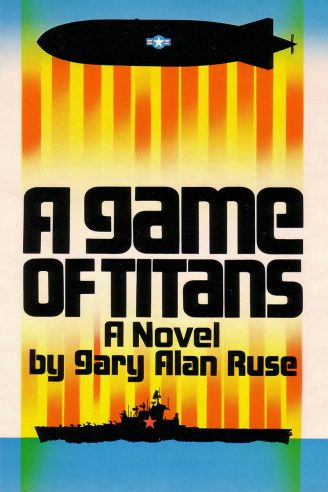

Darek Zabrocki‘s concept art for the 2015 video game Assassin’s Creed Syndicate shows airships in the skies over Victorian-era London. I don’t believe they ended up in the game, though.
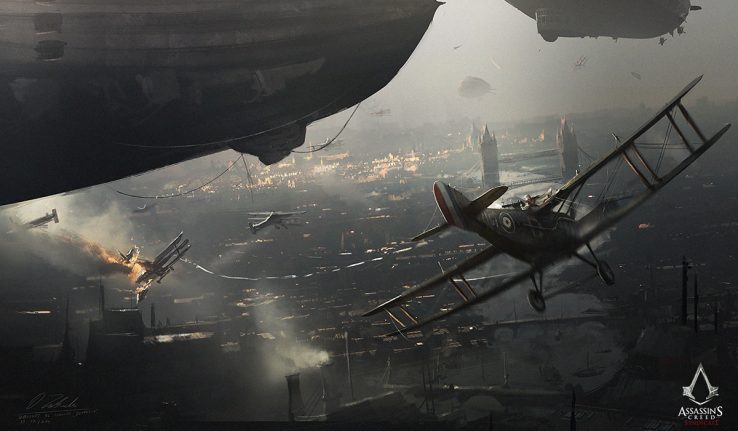
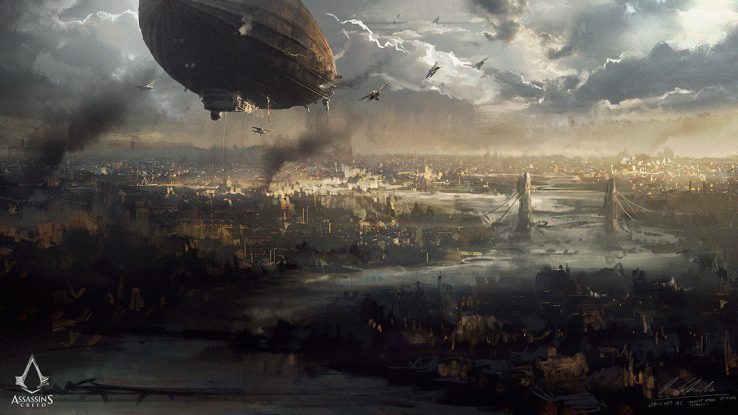
BioShock Infinite (2013), which takes place in the flying city-state of Columbia in the year 1912, is full of airships. The most formidable is the Hand of the Prophet, the flagship of the Columbian fleet.
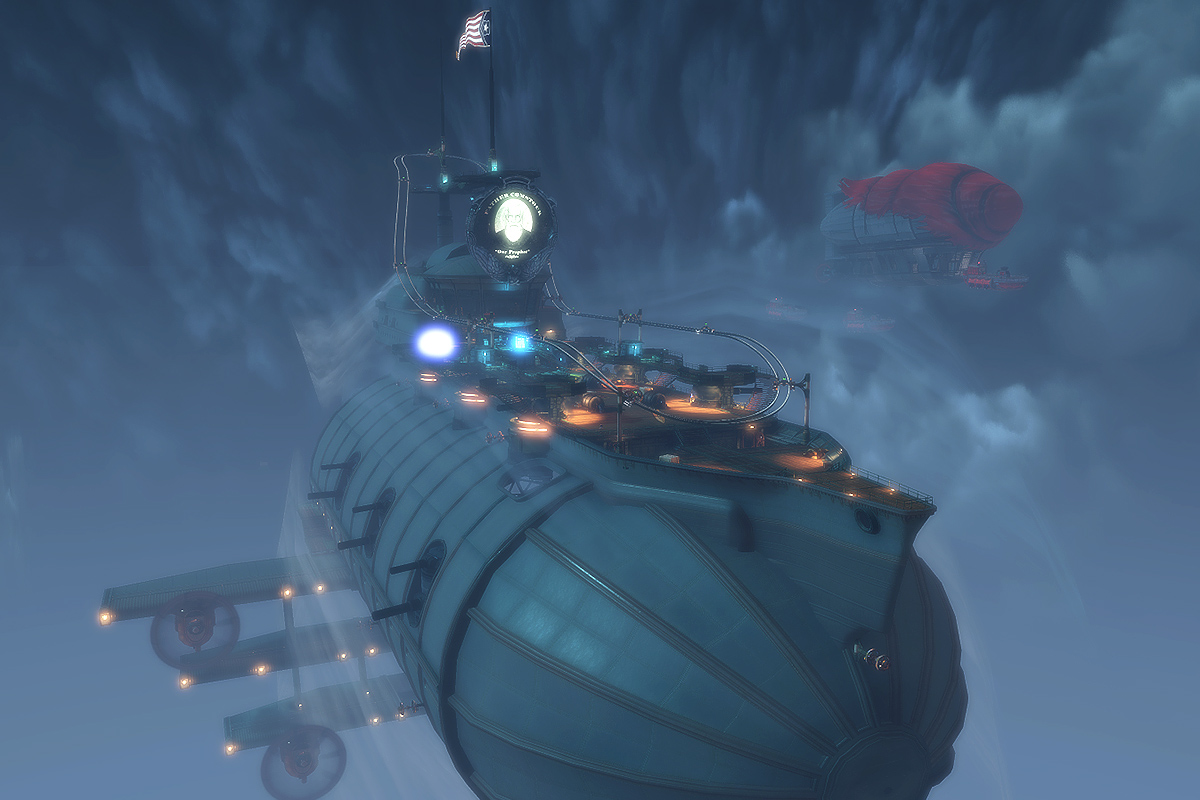
Zeppelins may not have been successful in the real First World War, but the 2011 movie Sucker Punch (our review here) still shows one hovering over the trenches.
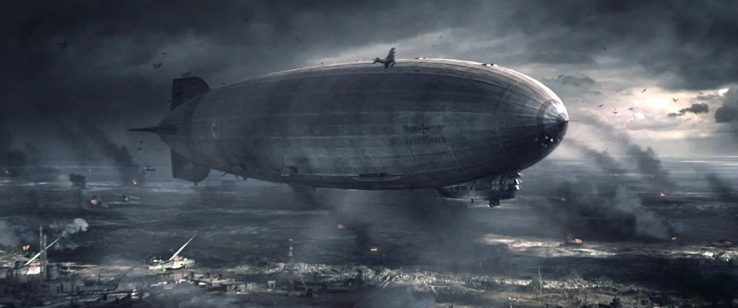
In War of the Worlds: Goliath (2012), which is set on the brink of World War I and fifteen years after a failed Martian invasion of Earth, airships are in widespread use. The Dreadnought-class zeppelin is the most powerful. It is armed with a massive heat ray cannon and multiple machine guns.
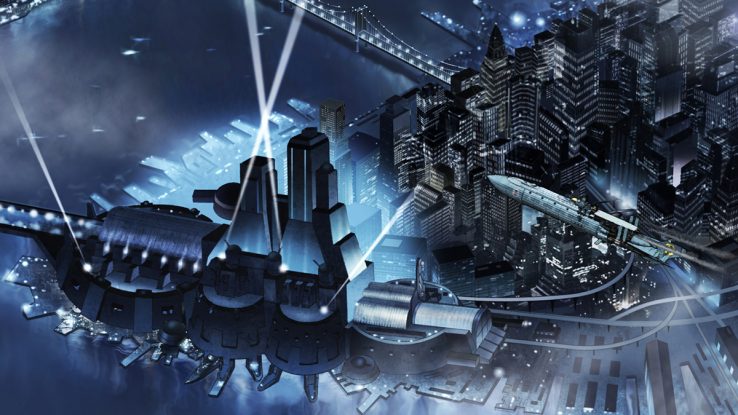
Several video games give the Germans zeppelins in World War II.
Turning Point: Fall of Liberty (2008) features airships in the service of Nazi Germany, including a flying aircraft carrier. They are used in the invasion of America.
Assassin’s Creed Unity (2014) shows German airships patrolling the skies over occupied Paris.
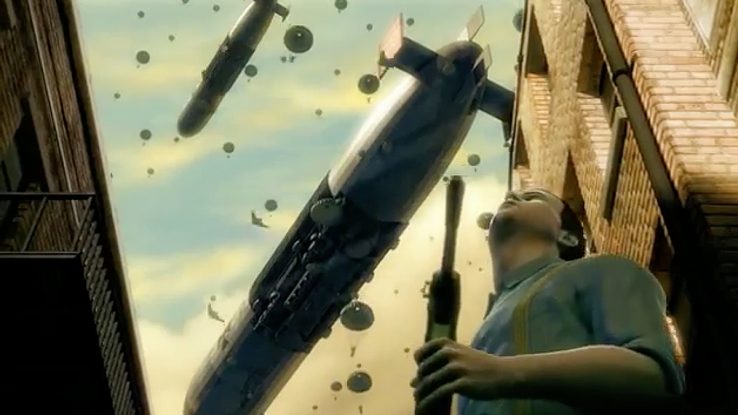
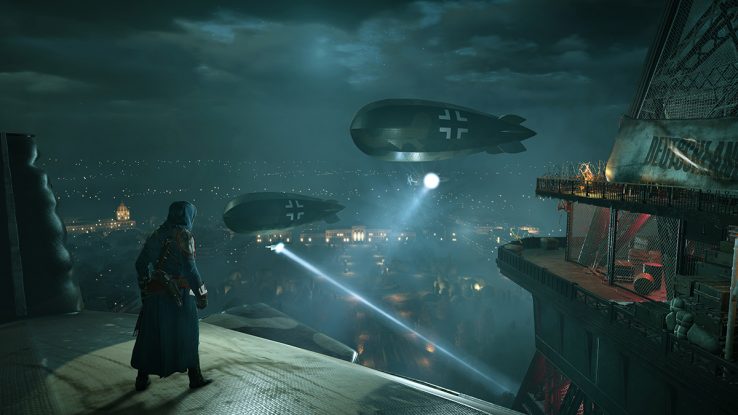
A twin-hulled airship, called the Walpurgisnacht, appears on a painting in the 2019 video game Wolfenstein: Youngblood.
Sky Captain and the World of Tomorrow (2004) also has a twin-hulled airship.
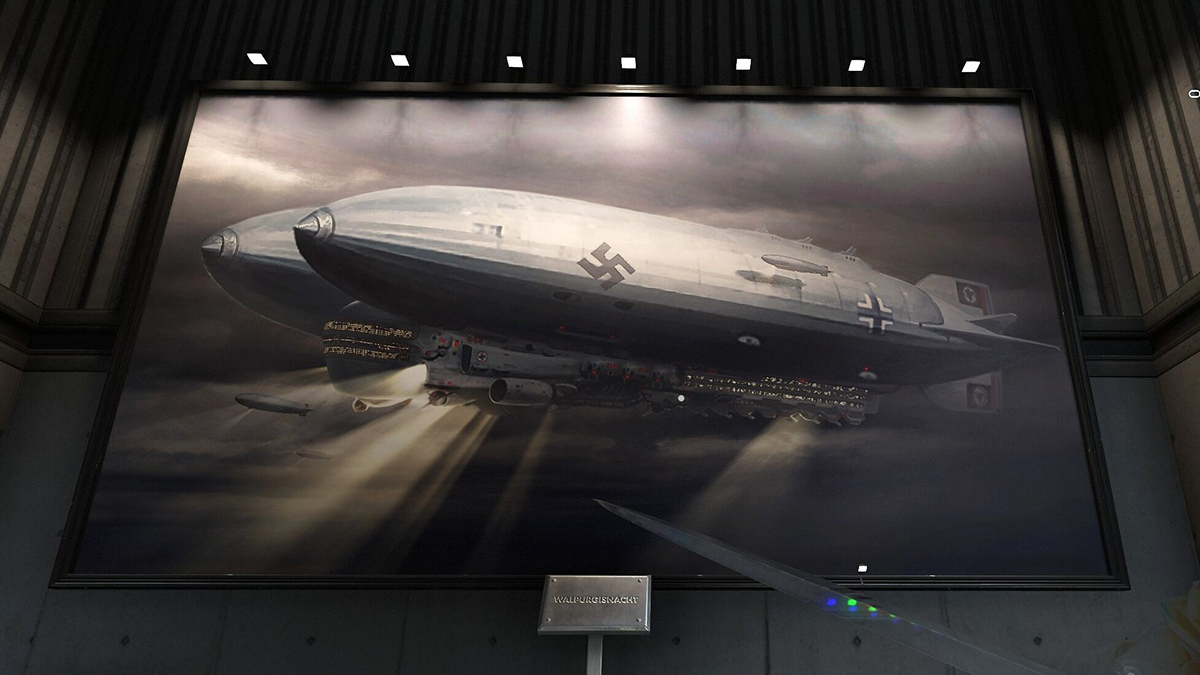
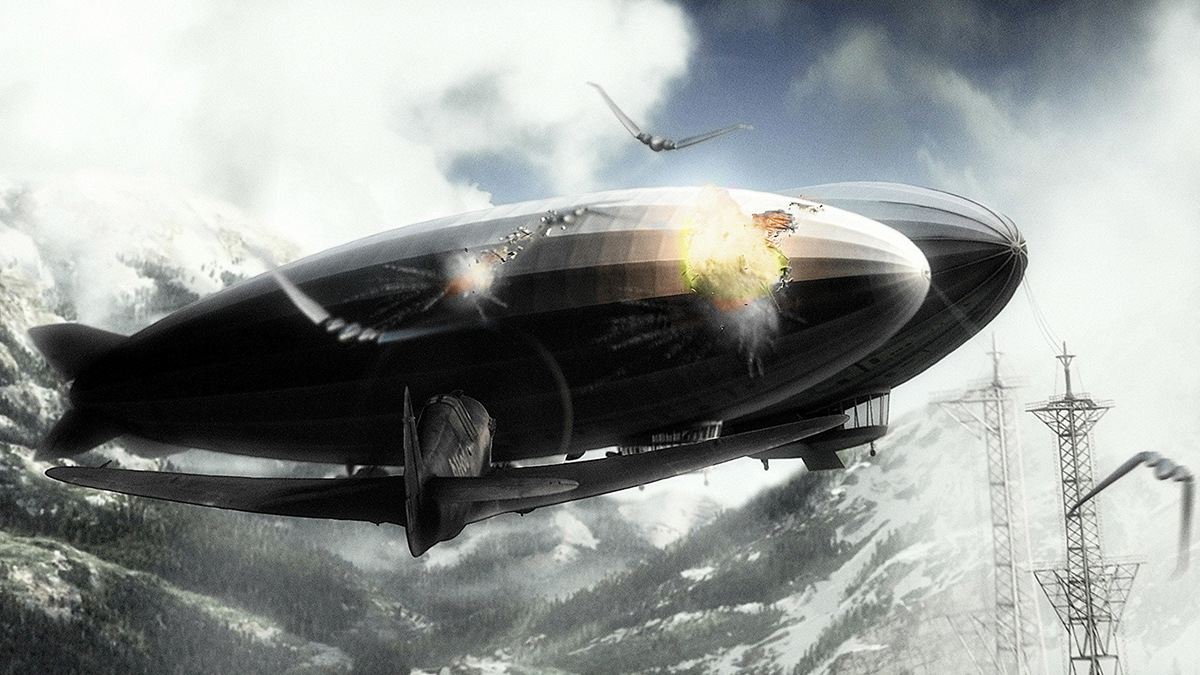
The neo-Nazi group Millennium operates several airships in Hellsing (1997-2008), the biggest and baddest of which is the Deus Ex Machina. It can launch V-1 flying bombs and vampirized troops. (You read that right.)

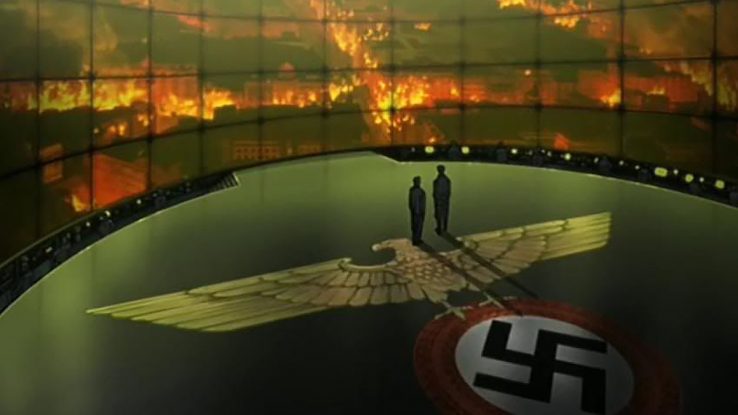
Designers of Command & Conquer: Red Alert 2 (2000) planned to give the Soviet side in their 1970s World War III a twin-hulled airship, but they settled for a more conventional design. The Kirov is still the most devastating weapon in the Soviet arsenal and can take down even the toughest land units with a few bombs. But it is also excruciatingly slow, which makes it vulnerable to air defenses.
The improved Kirov in Red Alert 3 (2008) remedies this shortcoming with “Gastroburner” engines that can give the airship a brief boost in speed.
Click here for more weapons of Red Alert.
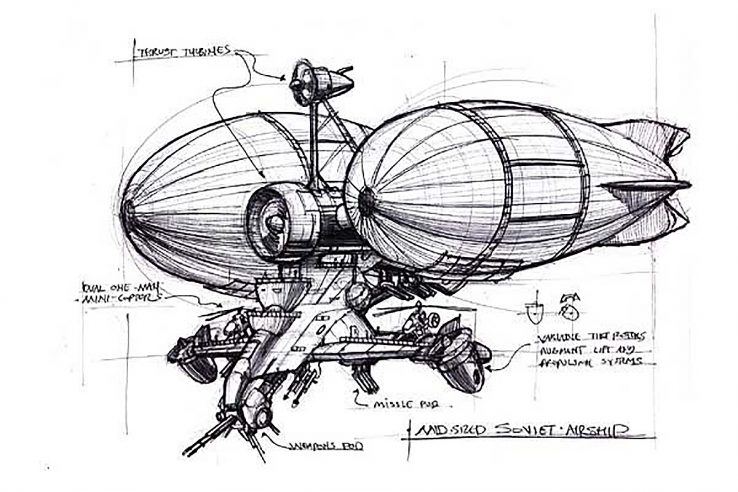
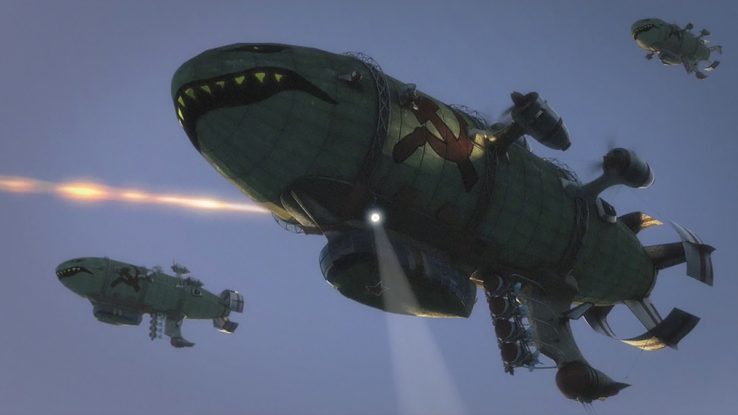
In Avatar: The Last Airbender (2005-08), hot air balloons are used as warships. In the more dieselpunky sequel, The Legend of Korra (2012-14), zeppelins are used for everything from transportation to war-making.
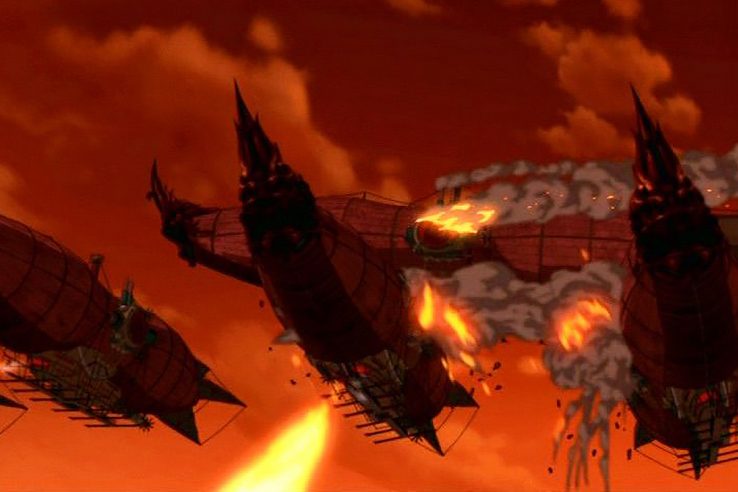
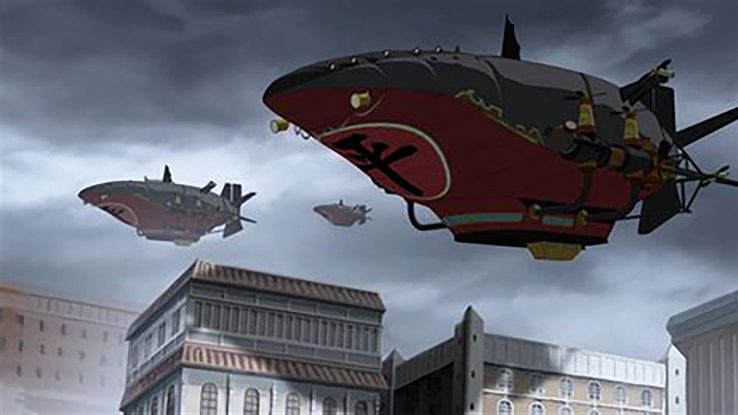
Castle in the Sky (1986) also features several, including the Airship Destroyer Goliath, which is armed with cannons and Maxim guns, and the smaller Tiger Moth, which is flown by the movie’s hero pirates.
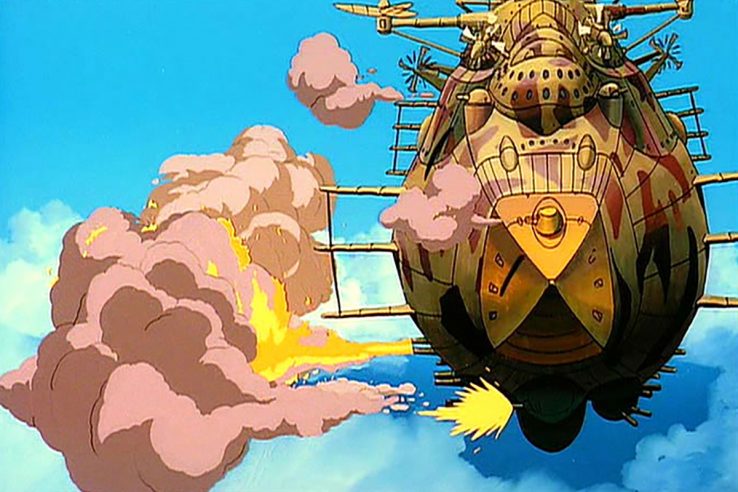
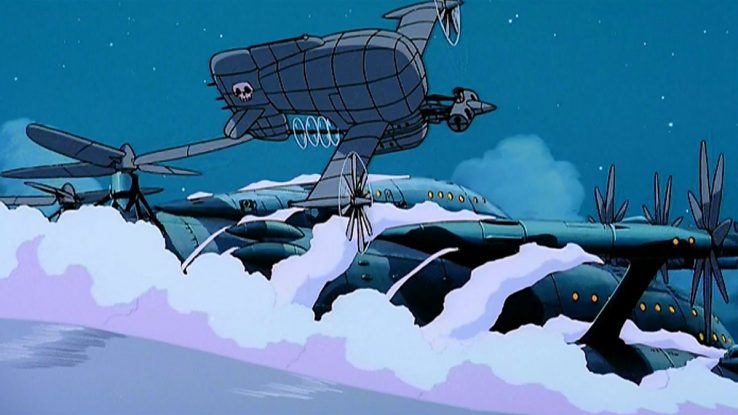
Various artists have created their own airships of war, including Jarek Jaśnikowski, John Malcolm, Oliver Meneses, Tony Andreas Rudolph, “Hangarbay94“, “Remton” and “SnowSkadi“.
